Head-To-Head: Lenovo Ideacentre Stick 300 Vs. Intel Compute Stick
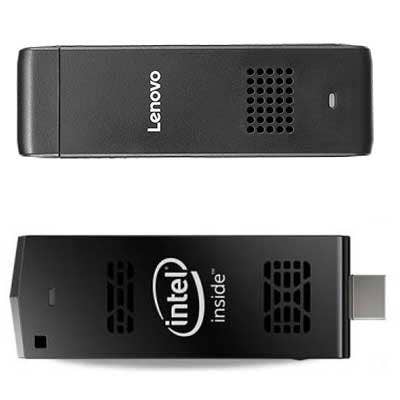
Battle Of The Dongles
Lenovo Tuesday threw its hat into the compute stick ring with its new PC on a stick, the Ideacentre Stick 300.
Like other compute sticks, this handy little device allows users to carry around the software features of their existing computers in their pocket, and plug it into a TV or other device to transform it into a fully functional PC.
Lenovo isn't the first to come out with this small-form-factor-type of compute stick --- Asus recently unveiled its Asus Google Chromebit dongle, while Intel released its Compute Stick earlier in the year.
Following is a head-to-head comparison of Lenovo's Ideacentre Stick 300 and Intel's Compute Stick.
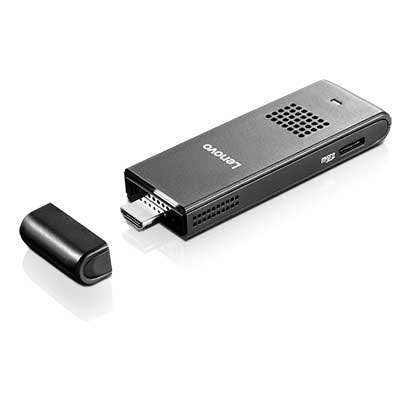
5. Operating System
According to Lenovo, the Ideacentre Stick 300 initially will ship with the Windows 8.1 operating system, but will be available for a free upgrade to Windows 10 when it is available July 29.
The Ideacentre Stick 300's Windows OS compatibility places pressure on Intel's Compute Stick, which is also compliant with Windows 8.1 and will be upgradeable to Windows 10.
So far, not many other PC sticks in the market offer Windows compatibility. The Amazon Fire Stick and CX-919 run on Android, while the Asus Chromebit runs on the Chrome operating system.
In addition to Windows, Intel's Compute Stick offers a version that can run on Linux.
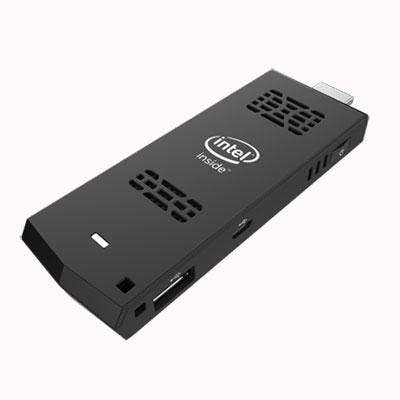
4. Memory And Storage
Both Lenovo and Intel's products have similar processor and storage specs, although Intel's two Compute Stick versions for different operating systems offer more choice.
Lenovo's Ideacentre Stick 300 actually takes a page out of Intel's book by utilizing the Santa Clara, Calif.-based chip company's Atom Z3735, the same processor that Intel's Compute Stick runs on.
Meanwhile, the Ideacentre also contains 32 GB of storage and 2 GB of memory, while Intel Compute Stick's Windows version offers 32 GB of built-in storage and its Linux version offers 8 GB.
Both sticks can connect to Wi-Fi and Bluetooth 4.0.
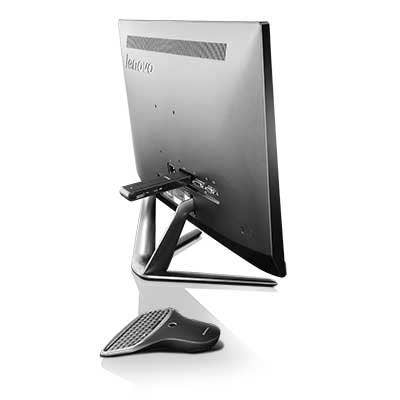
3. Ports For A Full PC Transformation
Both the Intel Compute Stick and Lenovo's Ideacentre Stick 300, which are small and thin enough to fit in the palm of the user's hand, contain an SD card reader, HDMI and a single Micro USB port.
These various extras allow the devices to easily plug into the TV or monitor and add on extra accessories, such as a keyboard and mouse, to transform the product into a fully functional PC.
Most other dongles, such as the Asus Chromebit, contain these extra ports, although the Chromebit pushes the envelope with a hinged swivel design so it can fit into almost any HDMI socket.
2. Functionality
Lenovo hopes its compute stick will create a mobile and portable solution to users on the go, although the Chinese company did not pinpoint specific solutions. For Intel's part, the company hopes its Compute Stick will target enterprise-specific functions such as digital signage.
"We've looked at the computing needs of travelers, business people and families, and realized that a truly portable and affordable solution would be a significant benefit to users of all kinds," said Jun Ouyang, vice president and general manager of Worldwide Desktop and Visuals at Lenovo, in a statement. "Our goal with the Ideacentre Stick 300 is to give those users a sense of freedom and enhanced mobility, while packing a serious punch in a small device."
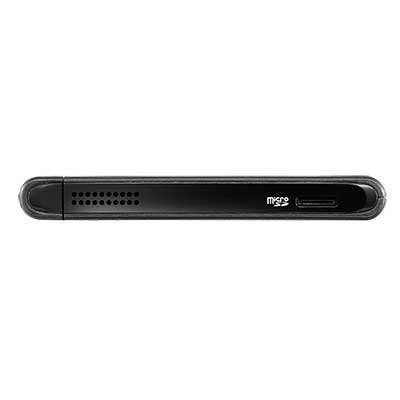
1. Price
Lenovo's Ideacentre Stick 300 edges out Intel's Compute Stick in price, as it costs only $129 compared with Intel's $150 device.
The Ideacentre Stick 300 will be available in July, according to Lenovo.
Lenovo's PC on a stick will join an increasingly crowded market, as the Asus Chromebit is scheduled to be available later in the summer.
It is not yet clear whether Lenovo's Ideacentre Stick 300 will be available to be sold through the channel, while Intel's Compute Stick will be sold through partners, according to Intel.